Description
Coalport town lies predominantly on the north bank of the River Severn; on the south side is Jackfield. Coalport was planned as a canal /river interchange and a complete ‘new town’ by ironmaster William Reynolds, who between 1788 and 1796 built warehouses, workshops, factories and workers accommodation in Coalport. He also directed the construction of the Shropshire Canal, linking the East Shropshire coalfield with the River Severn – the terminus being Coalport Wharf between the Brewery Inn and Coalport Bridge. Coalport at this time was much larger than it is today.
The Hay Inclined Plane enabled canal barges and narrowboats to be transferred from the bottom of the Severn Gorge to the top, up a 1 in 4 gradient on wheeled cradles, operated by a team of just four men. It was the equivalent of 27 canal locks and could transport six barges per hour in this fashion, an operation that would have taken over three hours using a traditional lock system. The canal was eventually superseded by rail transport and fell into neglect, silting up and becoming overgrown and was infilled in the 1920’s. It wasn’t until the late 1970’s that it was partially restored, with further restoration in the 1990’s.
What is a saggar maker’s bottom knocker?
A saggar is a fireclay container, usually oval or round, used to protect pottery from marking by flames and smoke during firing in a bottle oven. The saggar maker is a skilled man, producing the finished saggar, using his thumb to make a neat join between the side and the base. The bottom knocker (a young boy) made the base of the saggar from a lump of fireclay which he knocked into a metal ring using a wooden mallet or maul (pronounced mow).
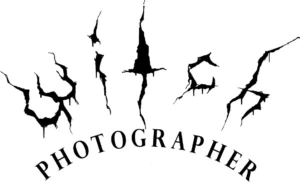
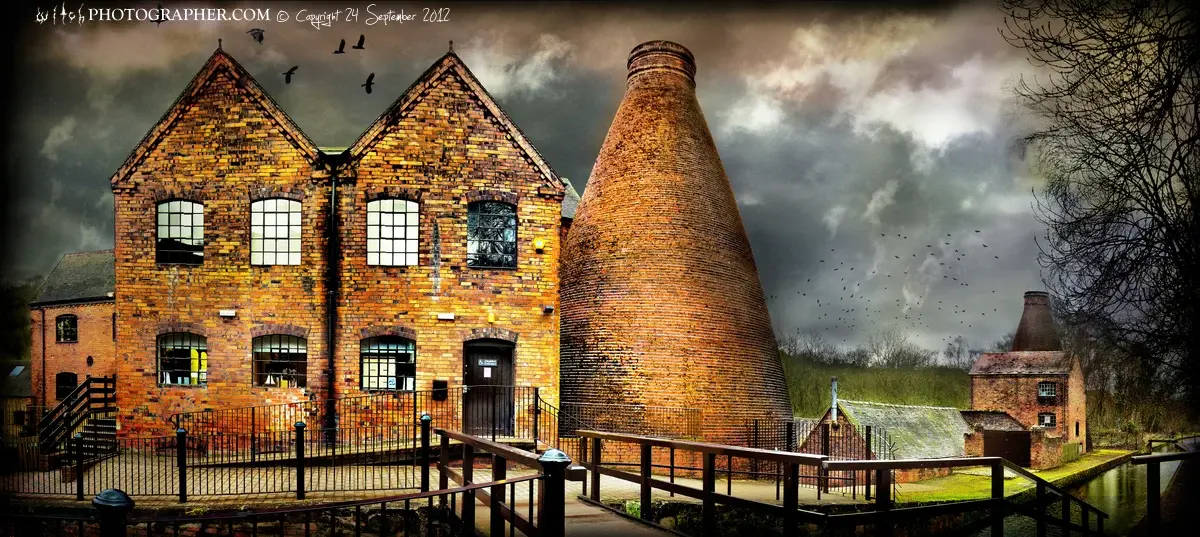
 Click a section to zoom in. These are
Click a section to zoom in. These are 












































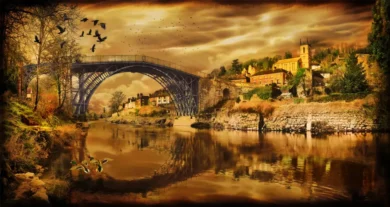
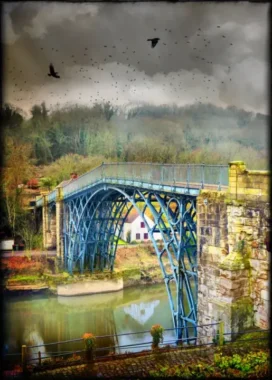
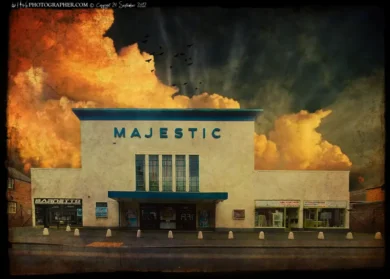
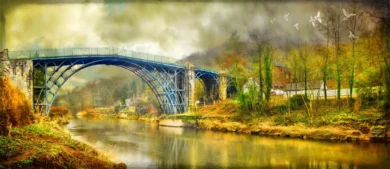
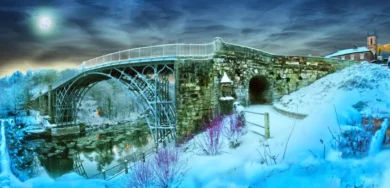
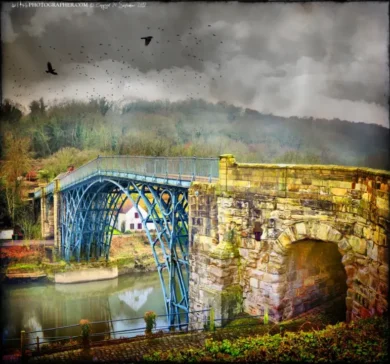
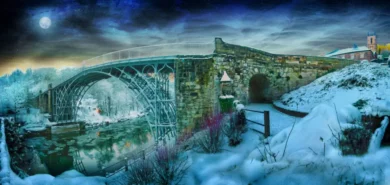

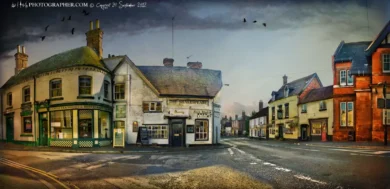
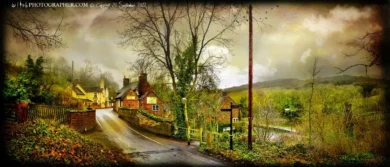
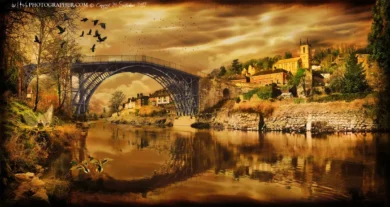
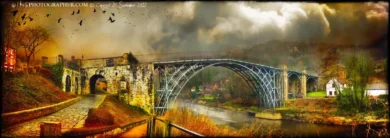
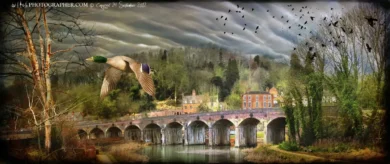
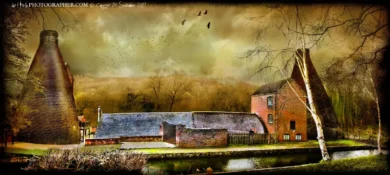
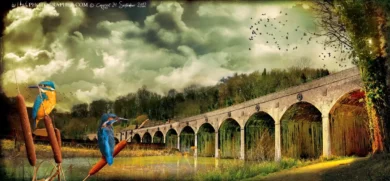

Reviews
There are no reviews yet.